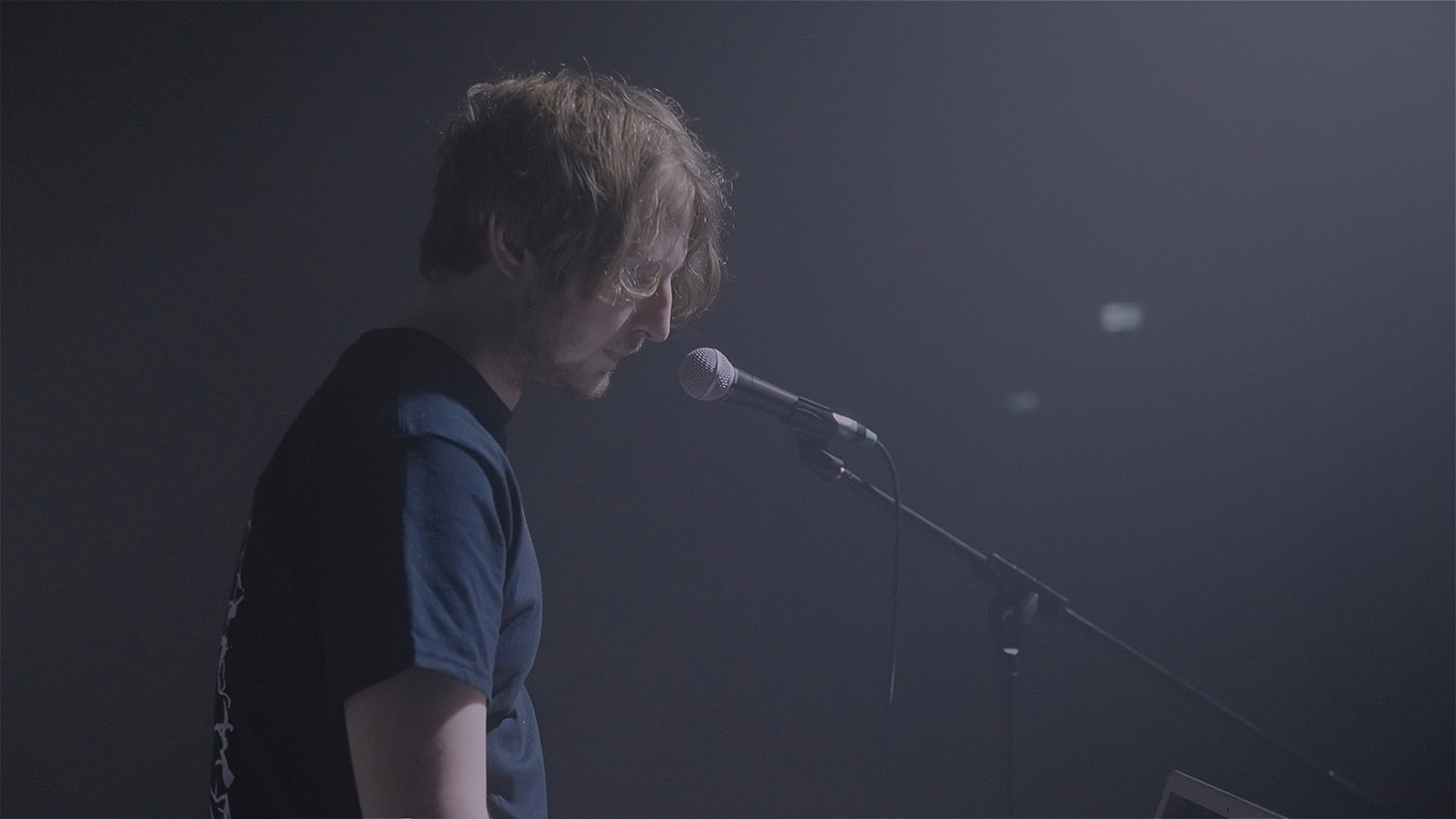There’s something particularly satisfying about an album that takes silence – not as an absence of sound but as a presence, a character in itself—and molds it into something tangible. With Maloviento, Ernesto Longobardi and Demetrio Cecchitelli have given us a work that’s as much about what you don’t hear as what you do. It’s a meticulous exploration of sound’s more elusive qualities, where the line between music and noise, between structure and improvisation, is deliberately, deliciously blurred. This album does not simply exist—it hovers, much like the titular wind it evokes.
Let’s start with the album’s conceptual ambition, which is, frankly, a bold one: the notion of dissecting the relationship between voice and wind, noise and breath, and then arranging these fragments into something resembling a composition. If this sounds too abstract for its own good, well, you’re both right and wrong. Yes, Maloviento is a deeply cerebral work, one that feels more like a gallery installation than an album you put on during your commute. But the magic lies in the fact that it doesn’t alienate—instead, it invites you into its whispered, wind-chapped world with an eerie familiarity.
The opening track, “3’04″” (all tracks seem having being titled by their running time), is the album’s shortest but somehow feels like a microcosm of the entire work. A trembling breath of noise, like the sound of an empty room being nudged by a draft, starts to make its presence known. Longobardi and Cecchitelli have managed to capture the quiet tension of an object being moved ever so slightly, as if to remind us that nothing is ever truly still. The interplay between sub-oscillations and faint crackles evokes a presence—not necessarily human, but alive. It’s a barely-there, sonic wisp, reminiscent of sound artists like Richard Chartier, whose cover image appropriately foreshadows the album’s translucent, barely-there aesthetic.
Next comes the behemoth “14’24″”, which serves as “Maloviento”’s centerpiece. Over fourteen minutes, the duo explore the sonic idea of “windbreath-voice” in its purest form. This is where the philosophical inquiry of “what is the sound of voice on a windy day?” takes root. There are whispers here – literal and figurative – that seem to emerge from nowhere, only to dissipate just as mysteriously. The transverse flute makes its first appearance, but not in the way you might expect. Instead of being melodic, it feels like another layer of air being pushed through a tunnel. There’s something unsettling about it, like the soundtrack to a forgotten dream. The organic instruments melt into synthesized drones so seamlessly that it’s impossible to tell where one ends and the other begins. This is music, or perhaps anti-music, that feels both ancient and futuristic at the same time, a paradox that keeps you listening, wondering if the wind itself might hold secrets.
Track three, “7’00″”, sees the soundscape narrow ever so slightly, focusing on the organic textures of the harmonica and voice, but not in any conventional sense. Here, the harmonica seems to exhale rather than play, as if it’s struggling to exist in the same space as the digital frequencies that surround it. The voice is present, but it’s not leading the way. Instead, it’s one more instrument in the cacophony, whispering barely formed words that seem to exist somewhere between the physical and the imagined. It’s a testament to the restraint of both artists that this track doesn’t escalate into something larger—it holds back, stays restrained, always just shy of climax, and in doing so, heightens the tension.
And then there’s “21’18″”, the album’s final and most ambitious track, which feels like the culmination of all the elements hinted at before. This is where Longobardi and Cecchitelli fully embrace the “subtractive” approach outlined in the album’s notes. For over twenty minutes, they allow their sonic world to slowly disintegrate in front of us, leaving only the raw, elemental sounds—wind, breath, static—to linger. There’s something deeply meditative about this piece, but not in the “close your eyes and drift off” kind of way. It’s the type of meditation that requires active engagement, a deep listening that forces you to confront the tiniest details: the way a sound moves from left to right, the way a whisper catches in the ear, or how the white noise seems to hover just on the edge of perception. There’s a sense of purpose here, as though the artists are guiding us through a sonic purging, stripping away the unnecessary until only the essence remains.
Maloviento is an album that will not appeal to everyone, and frankly, that’s probably the point. It’s not concerned with traditional forms of enjoyment or accessibility. This is sound art at its most reductionist, where the silence between the notes is just as important as the notes themselves. Longobardi and Cecchitelli have crafted an album that forces you to listen, not just hear. It requires patience, a willingness to surrender to its slow, windy pace, and an openness to find beauty in the smallest of details.
Is this a work of genius? Perhaps. Or perhaps it’s the musical equivalent of staring at a minimalist painting for hours, waiting for it to reveal itself to you. Either way, Maloviento is an experience—an unsettling, contemplative, and ultimately rewarding one for those willing to brave its turbulent winds.
—chaindlk.com
Ernesto Longobardi is a multidisciplinary research artist with particular attention to sound and electro-acoustics of which he experiments dynamism in contrast to a static fixity of image. Demetrio Cecchitelli is a musician/sound artist focused on principles of semantic interpretation, ontology, and imaginative poetics, his research is based on various methods of electronic transformation and instrumentation that coexist as a device of the creative and compositional process, giving a strong combination of sonic memory and deep listening as an integral part of a spontaneous plastic language.
Maloviento is a collaborative album from these two Italian sound artists, consisting of four minimalistic/reductionist compositions.
The album begins with a series of rich, intimate, crackling textures against a backdrop of soft subtle harmonica notes, ambient room tones and some rattling steel vibrations that sound like they could be coming from a tambourine, but I’m not totally sure. An intriguing introduction…
The second track begins with the slow ebbing and flowing of audio hiss and a dark rippling drone, which soon transitions into segments of subtle airy tones, crispy static, ambiguous field recordings and windy drones.
Then on the third track you will hear a distant wind-like noise, which is soon accompanied by a ghostly drone. Following that you will start to hear some intimate rustling sounds and tiny barely-audible cracklings. As the track progresses you will also hear some minimal vocals swells, drifting and swirling through the background of this barren soundscape…
The fourth (and last) track begins distant swirling ambience and layers of glitchy audio and shuffling sounds. You will then hear some beautiful transverse flute melodies reverberating and ringing out, along with a series of atmospheric drones and ambiguous environmental sounds. A long immersive piece to end the journey…
Maloviento is a beautifully-minimalistic album of subtle sound art, mesmeric textures, soothing ambient noise and skillful audio experimentation. The exquisite sound design techniques and restrained musicality that these two Italian artists employ in this release makes for a rich and spellbinding listening experience.
—audiocrackle.blogspot.com



